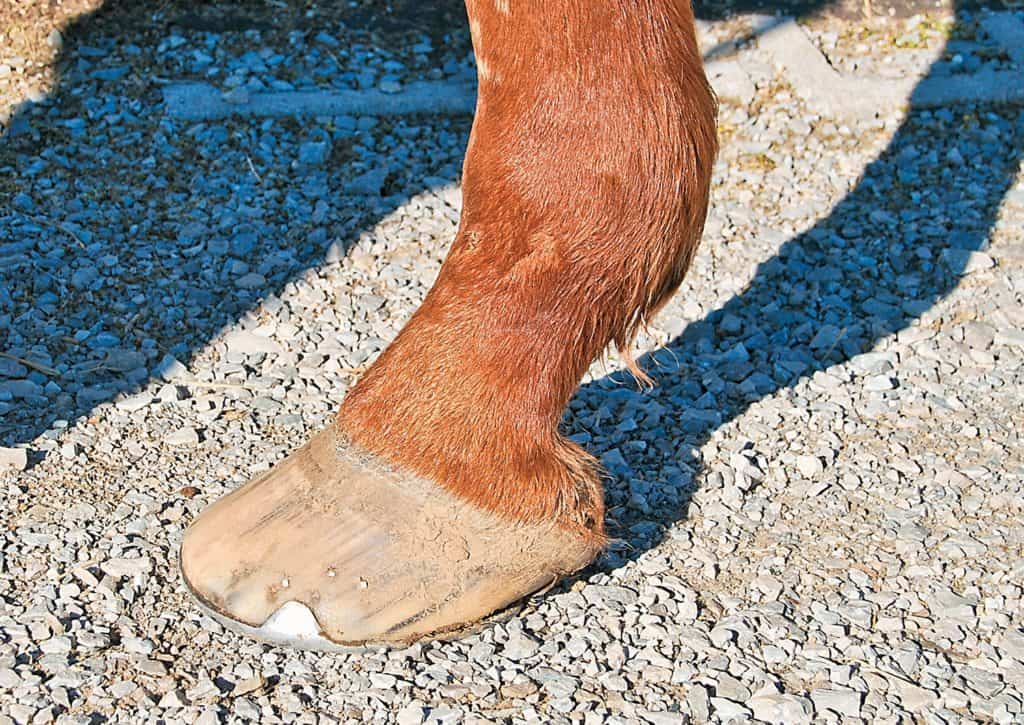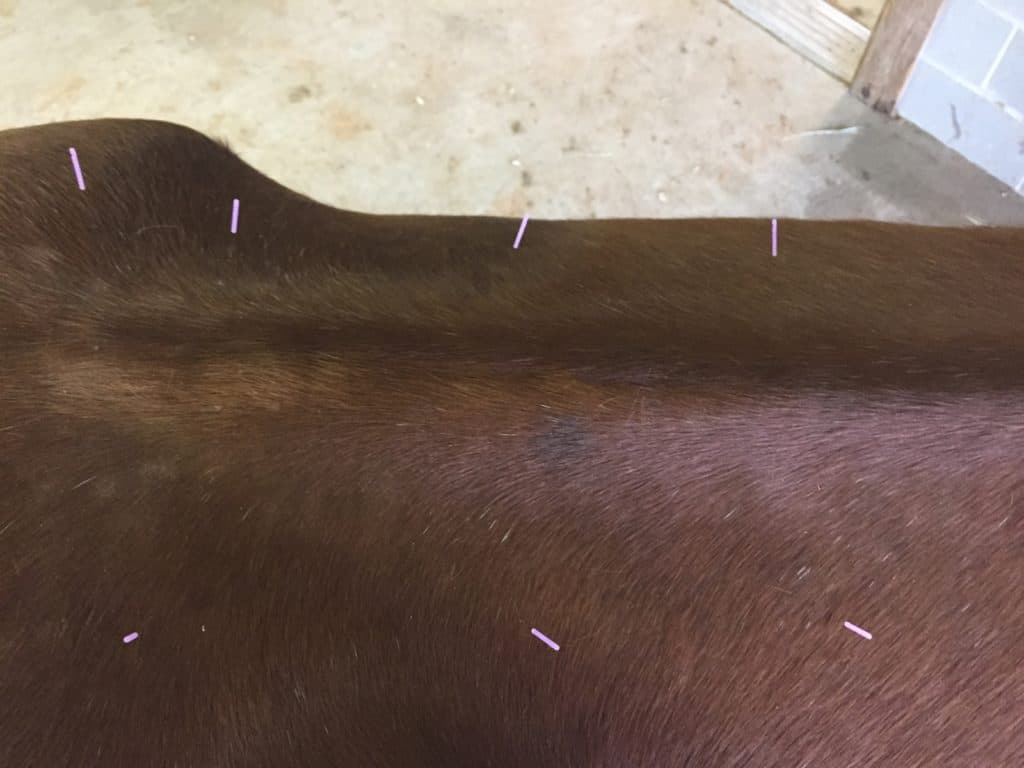
The Current State of Managing Airway Disease in Horses
One researcher believes additional studies are needed to improve IAD diagnosis, treatment, and prevention.

One researcher believes additional studies are needed to improve IAD diagnosis, treatment, and prevention.
Presentation topics included racing surfaces, equine injuries, and respiratory health for horses, among others.

Follow these tips when searching for the best four-legged trail riding partner.
The summit will feature talks on racing surfaces, equine injuries, nutrition, biosecurity, respiratory health, and more.

This treatment uses the horse’s blood to generate serum enriched with growth factors and anti-inflammatory mediators.

The long-toed, low-heeled hoof is a common and difficult-to-manage hoof abnormality. Here’s what you should know.

Researchers hope the test will help them predict laminitis risk based on ponies’ insulin responses to food.

There’s a complex series of events that occur when acupuncture needles are placed. Here’s a rundown of what happens.

This condition, caused by an unbalanced diet, can have serious musculoskeletal implications for affected horses.

Inflammatory airway disease and recurrent airway obstruction fall under the “equine asthma syndrome” umbrella.

Identifying and fixing neck and back pain can be, well, a pain in the neck. Here’s how vets work through the issues.

Researchers found that test results should be interpreted differently for donkeys than they are for horses.

The Race Assured team presented a blood test which could predict injuries in horses well before serious problems occur.

PET reveals activity at the molecular level and detects changes in tissue before the size or shape is modified.
Clinicians are evaluating a new investigational drug for treating equine gastric ulcers.

Technological advances and improved surgical procedures mean horses have a better chance of surviving a fracture.
Stay on top of the most recent Horse Health news with
"*" indicates required fields